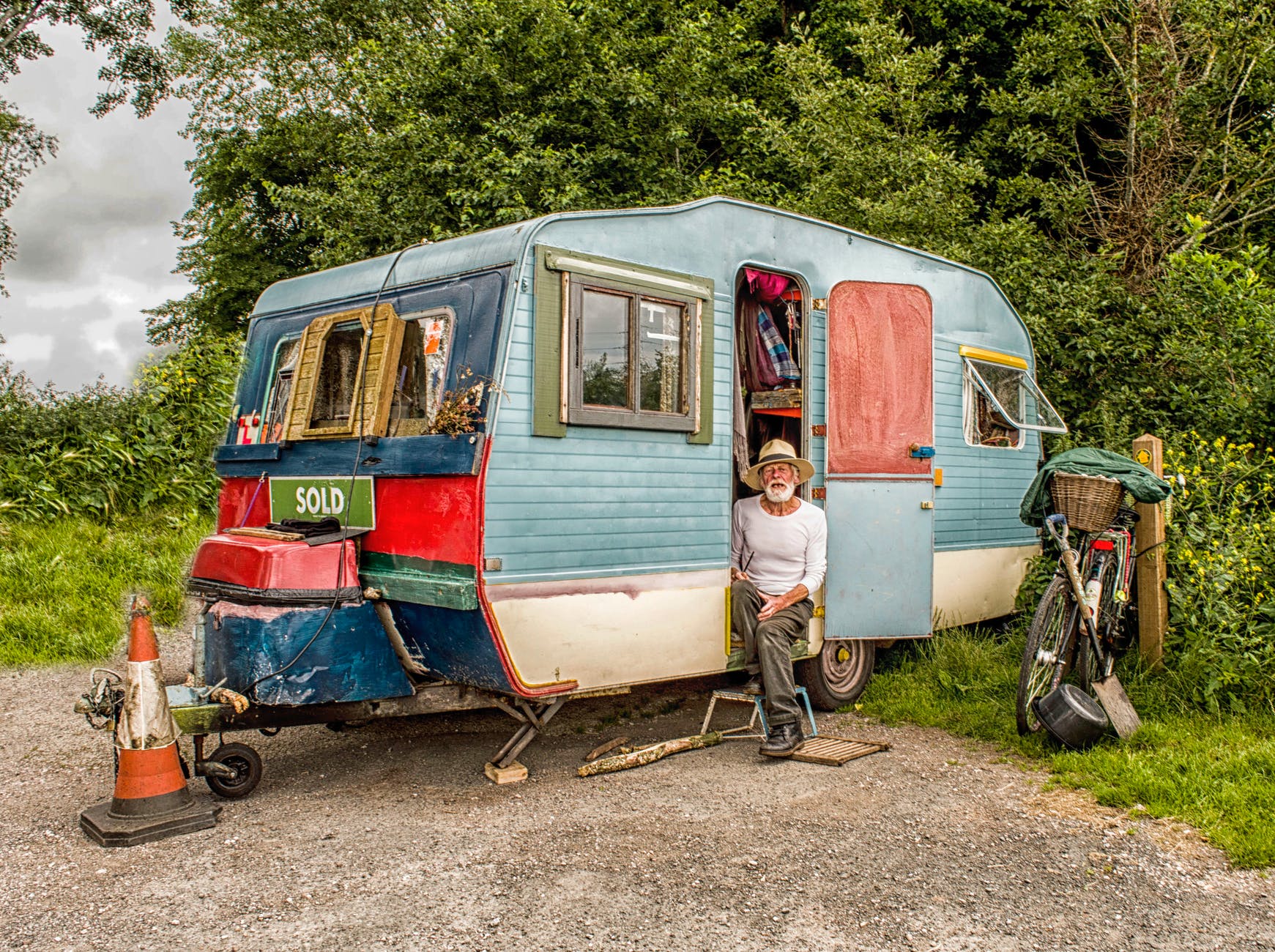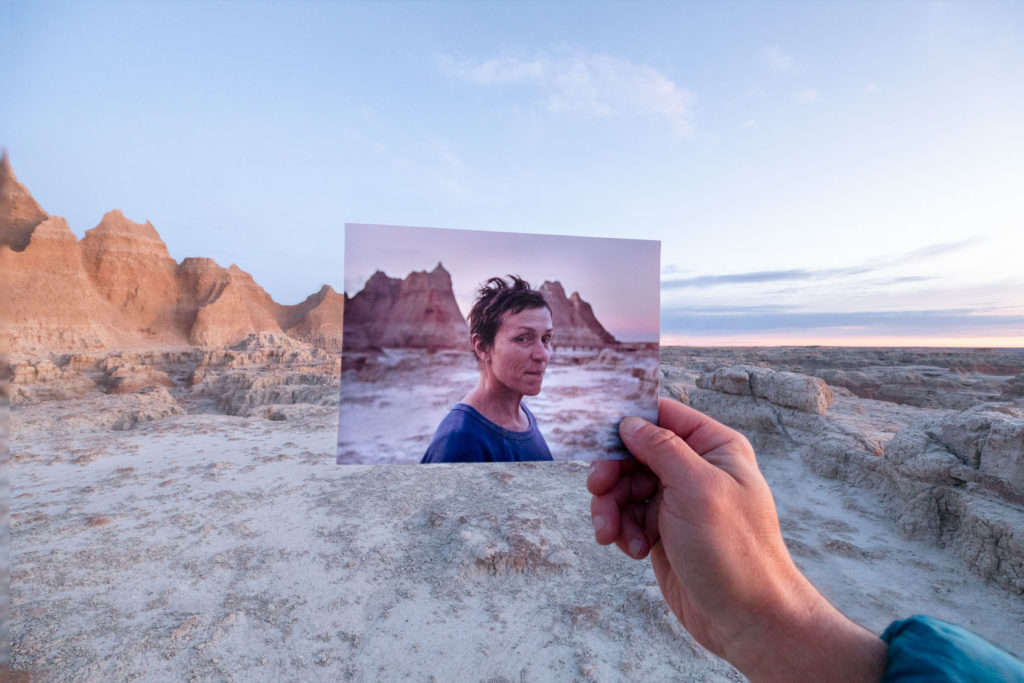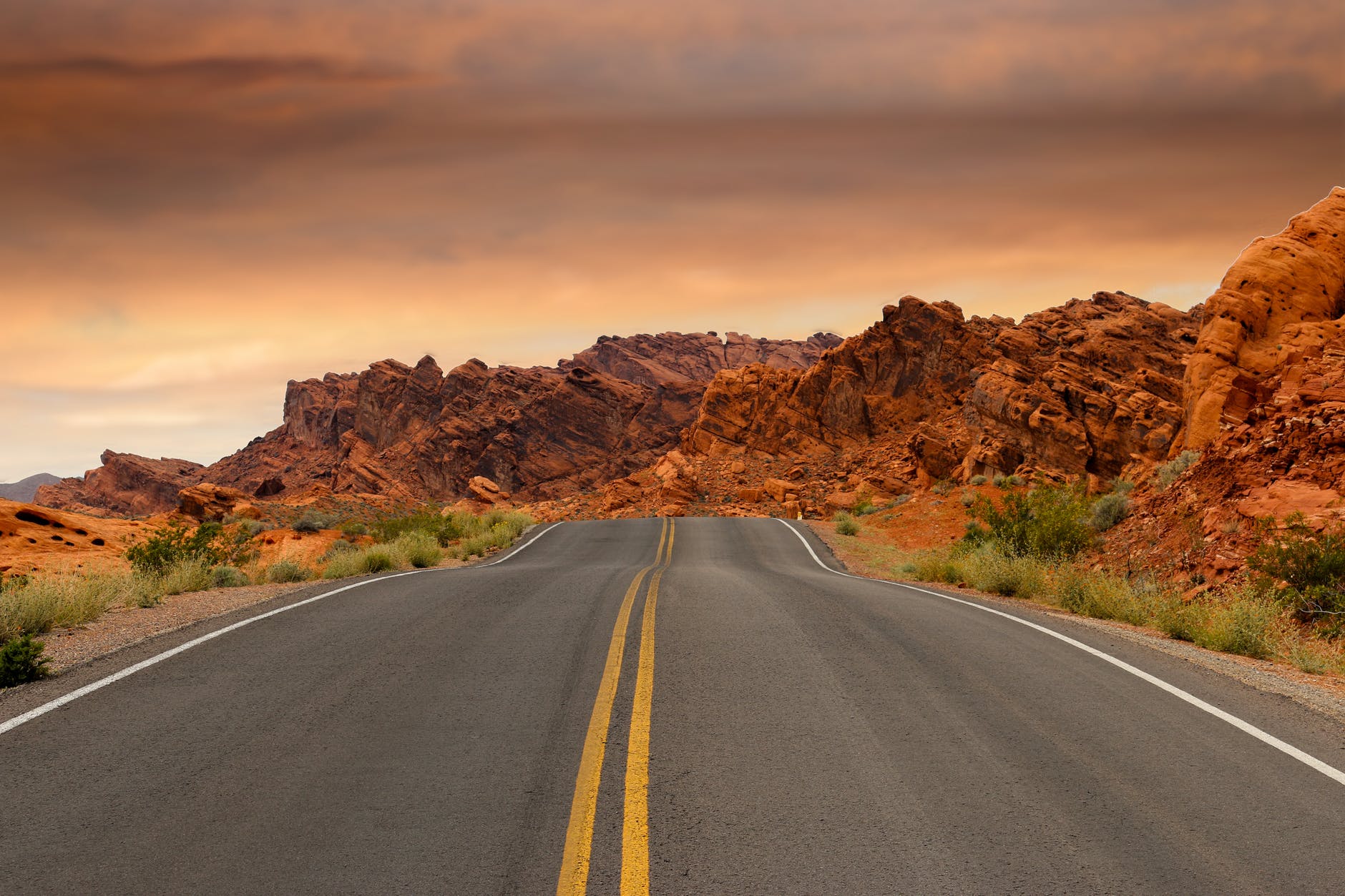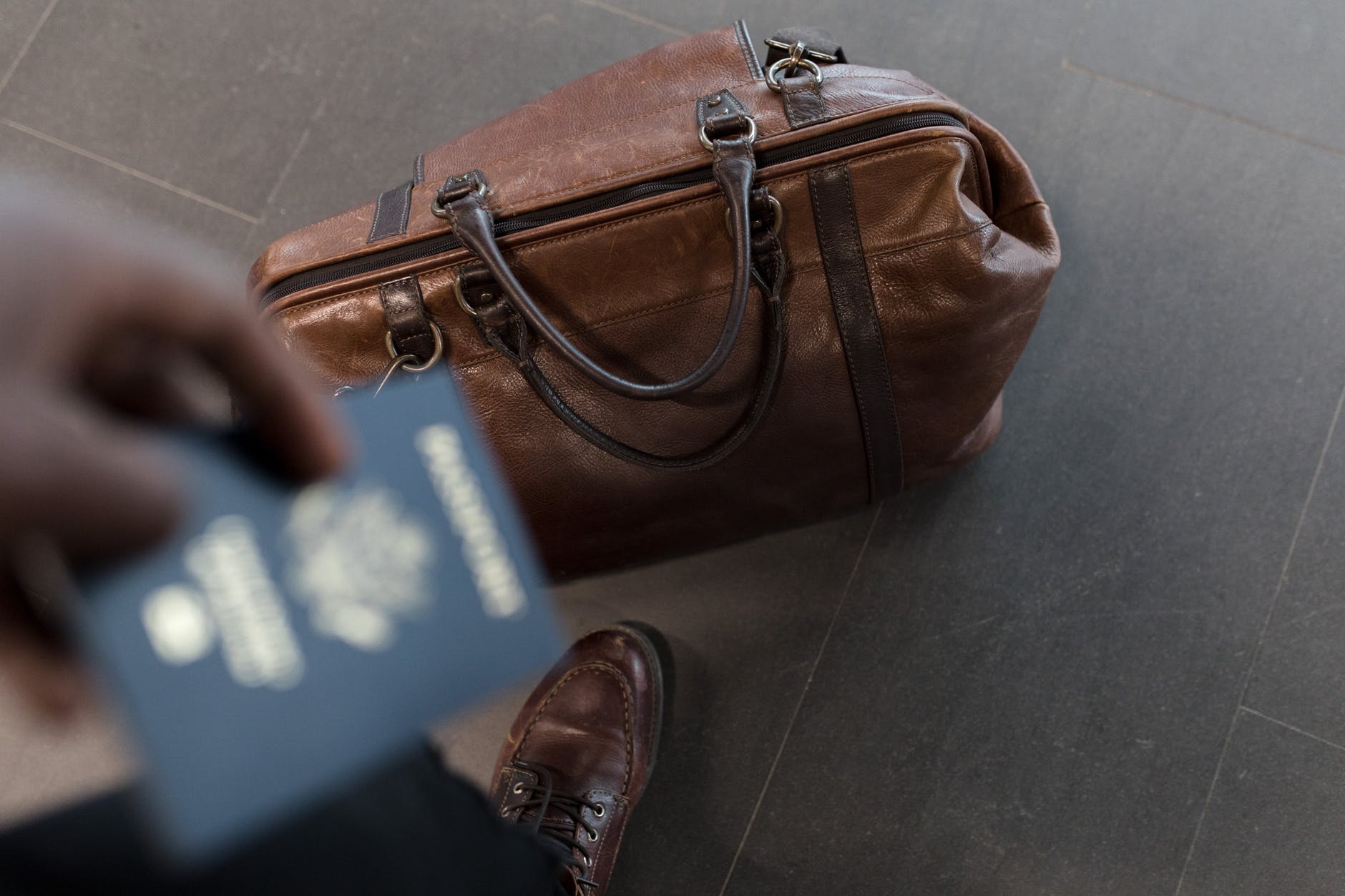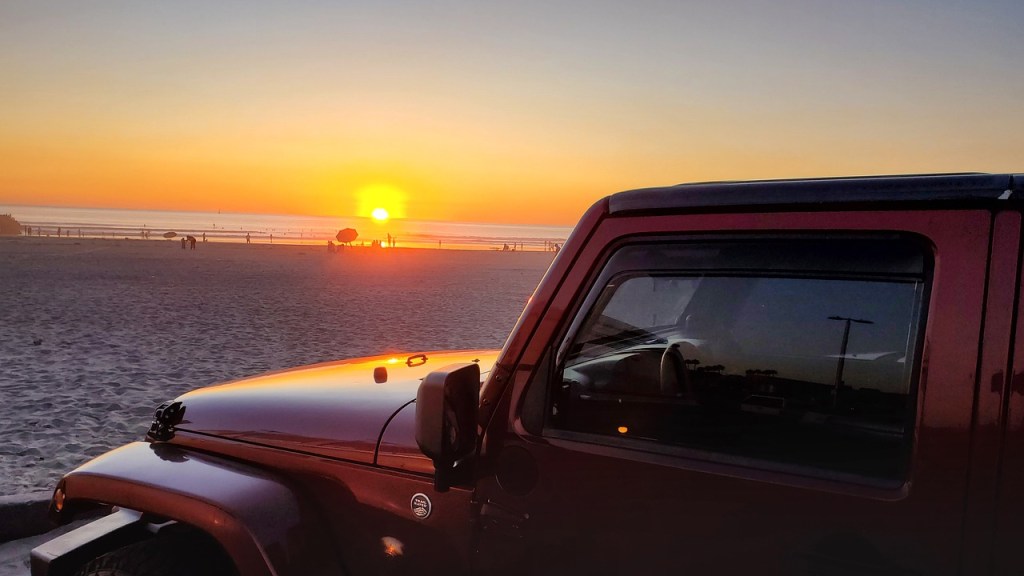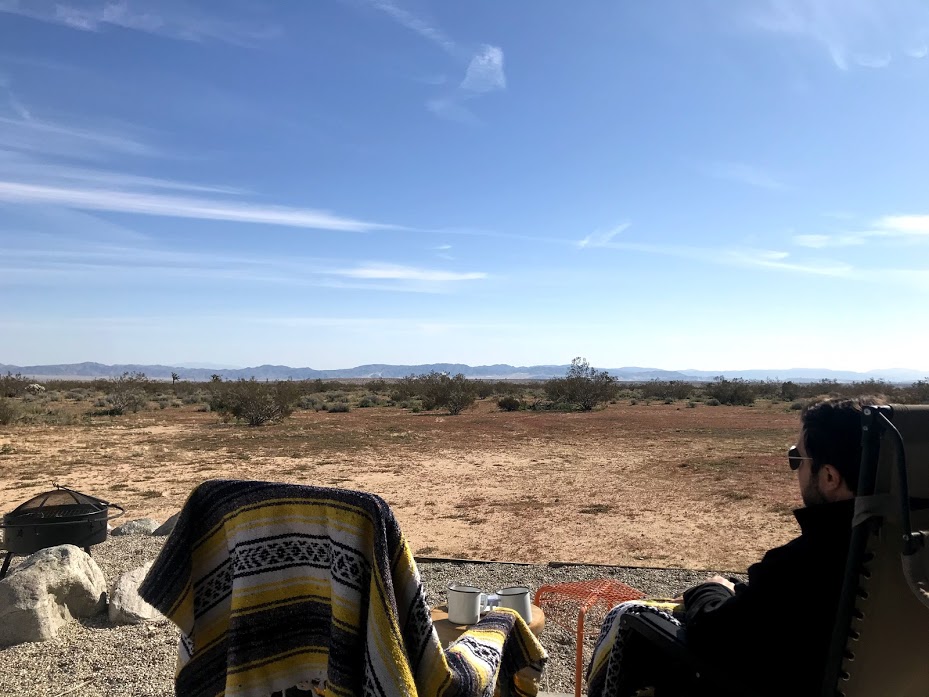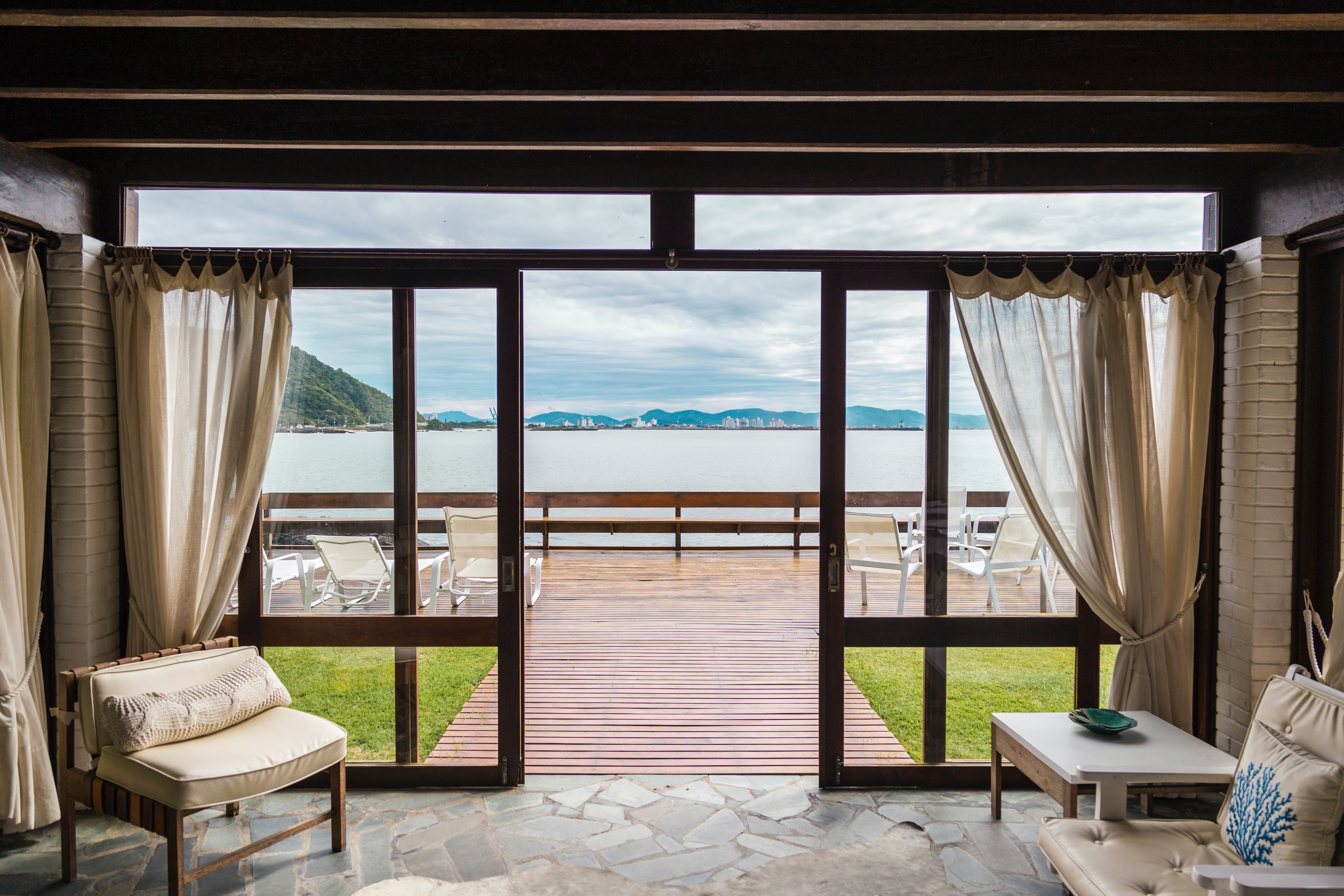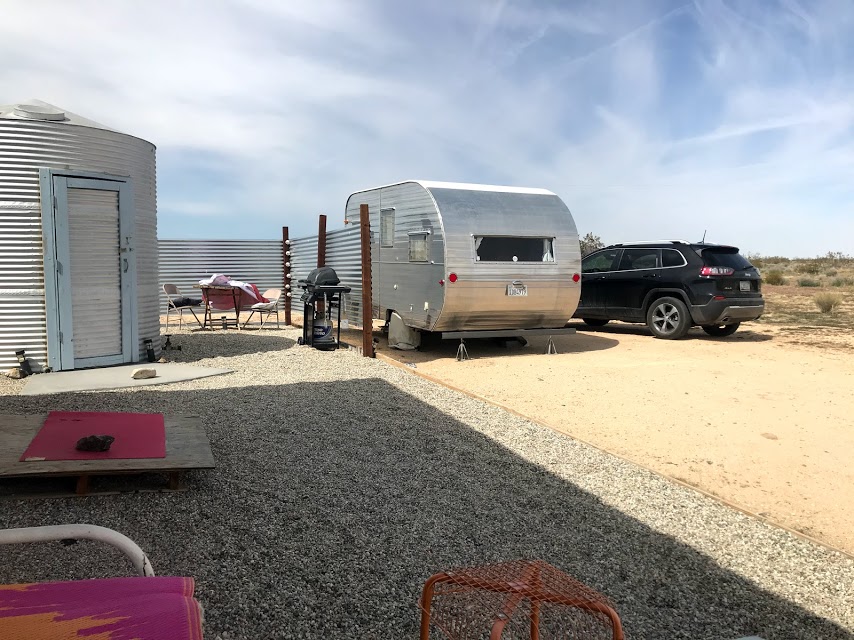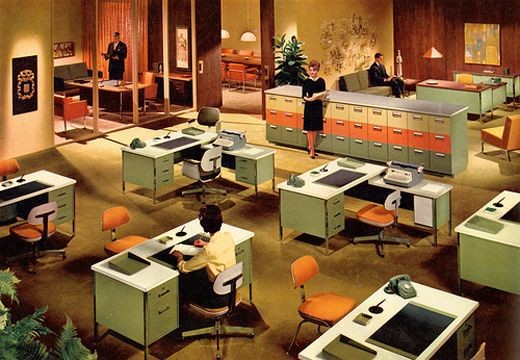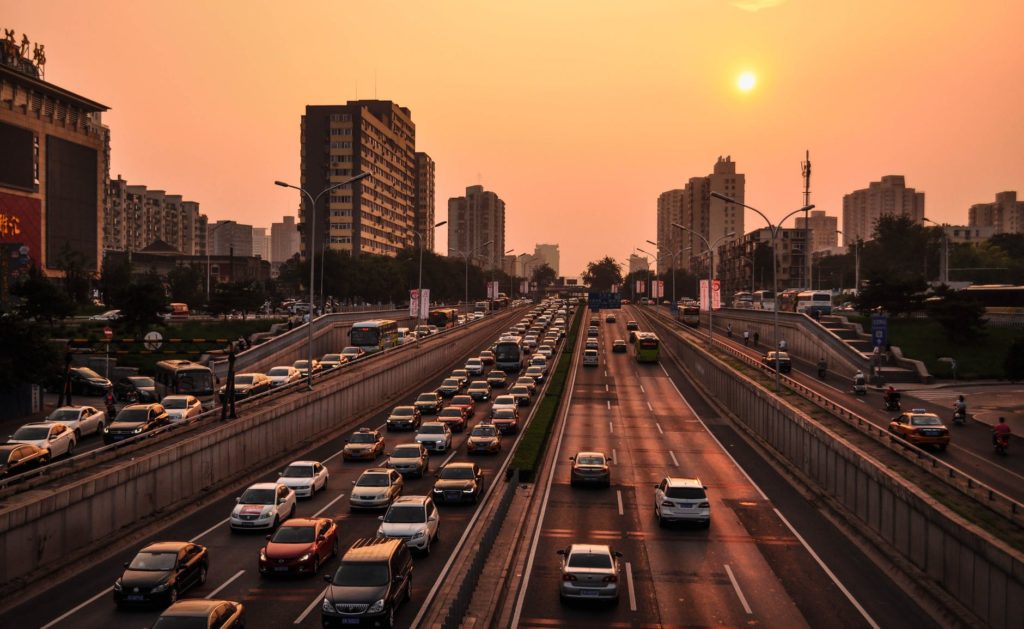
Before the crisis, I had a daily commute to Times Square. It was an improvement on previous years, when I’d travel from Brooklyn to “the city” proper. I was now living in the Financial District at the south end of Manhattan. My alarm would go off at 7 AM. I’d sometimes get a chance to go on a ultra-quick jog, before my shower (7:30). After showering, I’d throw on my clothes, scarf down a yogurt and a cup of coffee (8:00).
I’d then speed walk the 20 minutes to the subway train (8:20). Once on the train, I’d hopefully make it to my stop in 30 minutes (8:50). Some days, the train would be delayed for up to an hour. (9:50). Either way, I’d be speed-walking through the Times Square crowds, getting into the office out of breath with scrambled thoughts.
This would be similar for someone who commuted by car (which I once did). The difference is that they’d be worried about wrecking their vehicle in a fender bender, versus avoiding characters and bodily injury.
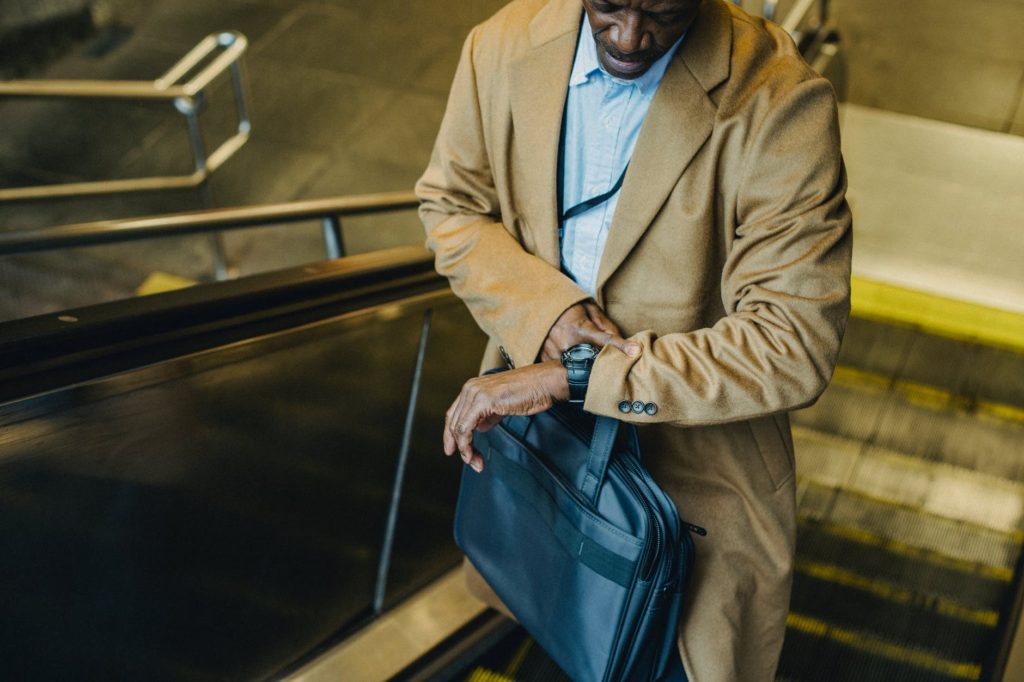
Do People Actually Want to Go Back to the Office?
There have been a lot of articles recently reminiscing about the commute. The status quo says “people miss the office environment”, but data often points to the opposite, that “workers prefer a hybrid office model”.
Research has also shown that workers are more productive when working remotely, with most managers agreeing to the same.
Many companies that flirted with the idea of long-term remote work are now calling employees back. Some have slated a return to office as early as this summer.
Another frequent nod, “With remote work, there is no separation between work and home life”. Why do we feel we need to be forced to commute, vs. making that time for ourselves?

Take a Break from your Devices
When you worked in the office, how long did you stare at your computer screen before taking a break? Probably 30 minutes. You walked over to a coworker to ask a question, or stopped by the kitchen to grab a snack.
Why is working at home any different?
An estimated 58% of people who work on computers experience “Computer Vision Syndrome”. The symptoms include eye strain, blurred vision, headaches, neck and back pain.
Lucky for you, there’s ways to mitigate this. Like me, you could purchase prescription (or non-prescription) blue light glasses. If you work on a Macbook Pro, there is a feature called Night Shift. It’s quite easy. You can also set when it turns on, “Sunset to Sunrise”, turn it on manually, and select the color temperature.
Just click on the Apple Icon > System Preferences > Displays > Night Shift
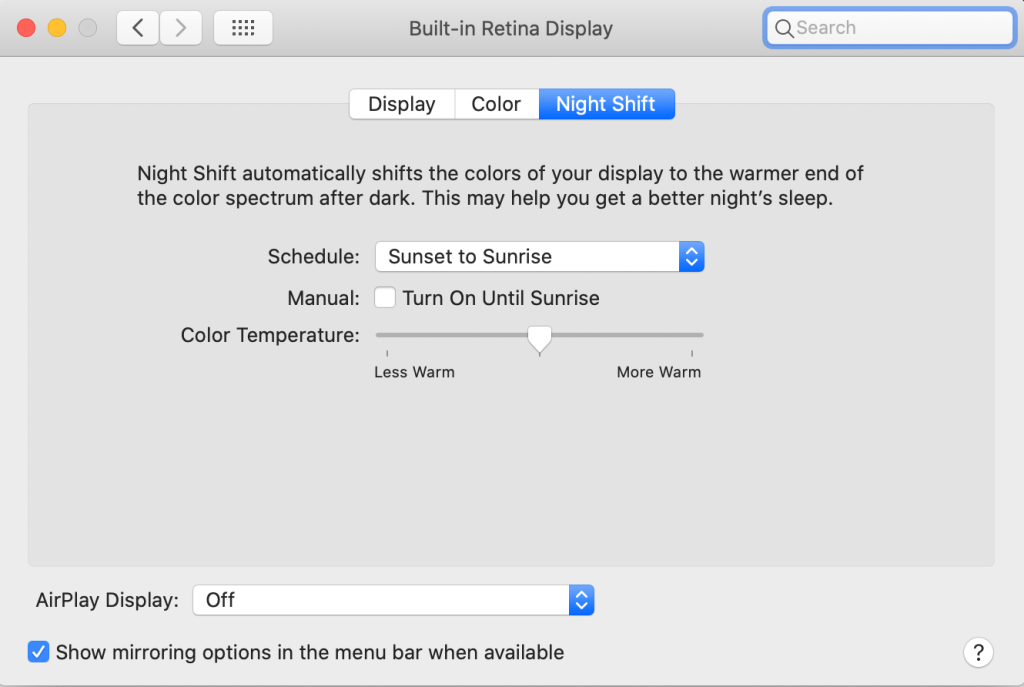
Time Management
With no commutes, there has been a time shift. Some people do not realize this.
If you’re working in a different time zone (Pacific, for example), you’re starting your work day 3 hours earlier than the East Coast.
Let’s say you start your work day at 8 AM PST, that’s 11 AM EST.
If you end your work day at 2 PM PST, that’s 5 PM EST.
However, you have only worked for 6 hours, not a full 8 hour day.
Instead of going to run errands, why not power it out and finish your day at 4 PM PST?
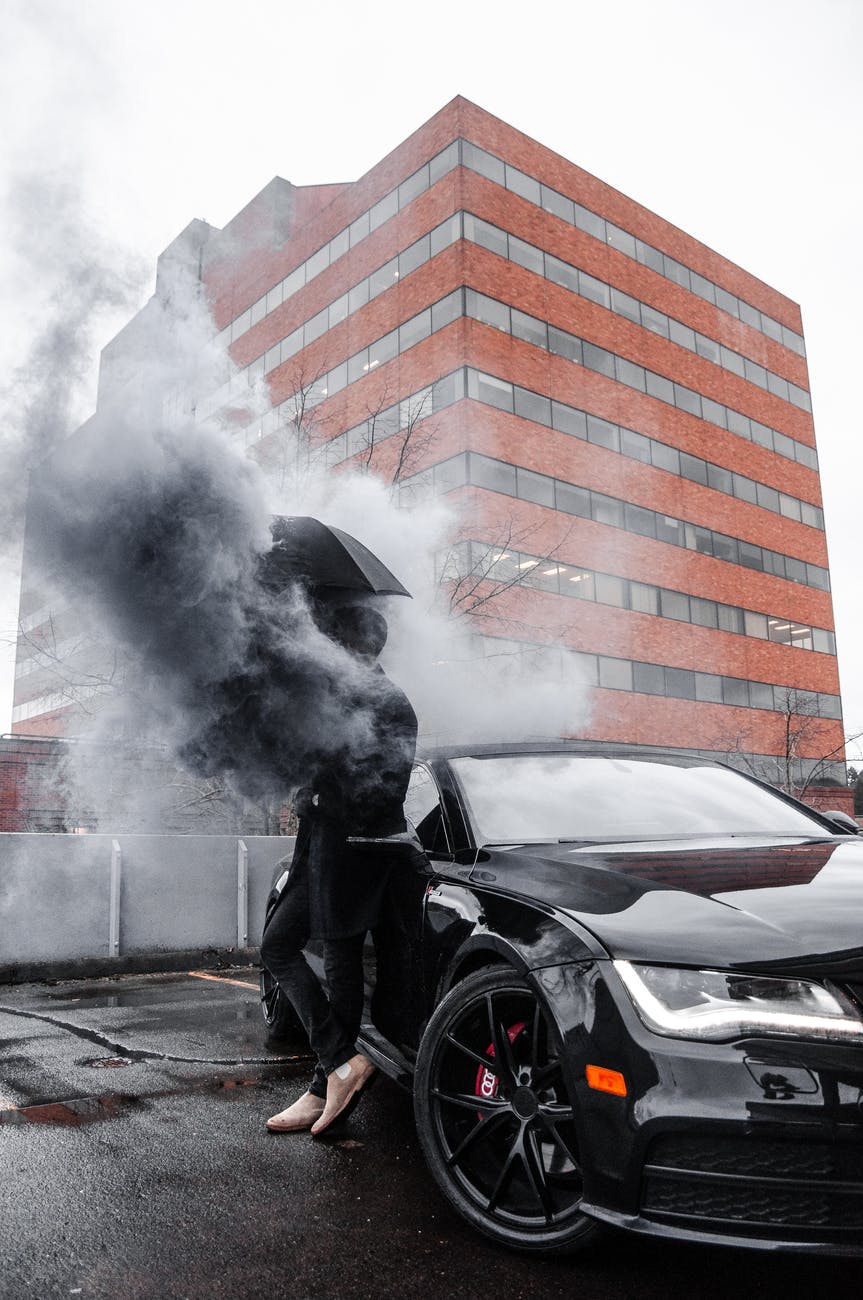
Commutes are Bad for the Environment (Poor Health, Wasted Gas & Electricity, Pollution)
This may seem obvious, but commutes by vehicle or train are extremely harmful to the environment.
Studies show that the average drive to work adds 4.3 metric tons of carbon to the atmosphere a year, per car.
People with longer commutes tend to be less physically active. They also have higher rates of obesity and high blood pressure.
I was personally gobsmacked, when the MTA announced they’d be bleaching subway trains every night at the dawn of the virus.
How often was it cleaned before then? What kind of microscopic virii were floating around the subway car?
These are a few (of many) risks that workers will face in the return to the office.

The Importance of Setting Boundaries at Home
If you co-habit with a family, significant other, or roommate, working from home can be a strain. It does not have to be, as long as you keep distance between yourself and your “boarding mates”.
Being a parent is a whole other ball game. However, balancing structure and play for your kids is a good idea. If you’re driving eachother nuts, go outside for a bit, or recommend they go outside to play.
Many people have a “home office” room where they lock themselves away, and yet their kids or dogs still find a way into their lap. What if you actually created your working space outside? During warmer months, you could work from the garage or even the garden shed if you wanted to.
If you work from a laptop, creating a mobile workspace is also an idea. Move around the house. I’ve used any variety of surfaces as a desk – The kitchen table, a recliner, the garden table, even wide window ledges (as a standing desk).
As the crisis comes to an end, it’s more likely that you’ll work out of a coffee shop or a co-working space within your own neighborhood.
Recommended for Remote Work:

So do you see? It’s not so bad.
There will be a need for companies to subsidize remote working office setups. It pays for itself as those workers may not be using office resources (office equipment, printers, snacks, etc.). There are even companies dedicated to working from home, like WFH Zone UK.
Much of the workforce has now had a taste of remote working. The likelihood they’ll want to go back to an outdated, 20th century office is highly unlikely.
Since you’ve made it this far –
Why not sign up to the Origin Story mailing list or more helpful professional tips?
